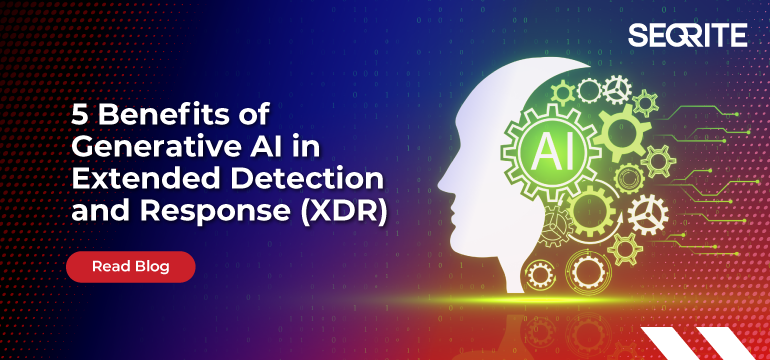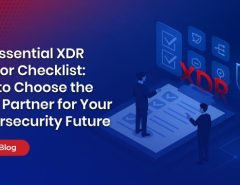Generative Artificial Intelligence (GenAI) is transforming cybersecurity by enhancing Extended Detection and Response (XDR) systems, which integrate data from multiple security layers to provide comprehensive threat detection and response. By leveraging Generative AI, XDR solutions offer advanced capabilities that streamline operations, improve accuracy, and bolster organizational security. Below are five key benefits of integrating GenAI in to XDR systems.
Enhanced Threat Detection and Contextual Analysis
- GenAI significantly improves threat detection by analyzing vast datasets across endpoints, networks, and cloud environments. Unlike traditional systems, GenAI-powered XDR can identify complex patterns and anomalies, such as subtle indicators of advanced persistent threats (APTs). By correlating data from multiple sources, it provides contextual insights, enabling security teams to understand the scope and impact of threats more effectively. For instance, GenAI can detect unusual login patterns or malware behavior in real-time, reducing false positives and ensuring precise threat identification.
- Automation for Faster Incident Response
GenAI automates repetitive tasks, such as alert triage and incident investigation, allowing security teams to focus on strategic decision-making. By employing machine learning and natural language processing (NLP), GenAI can prioritize alerts based on severity, suggest mitigation steps, and even execute automated responses to contain threats. This reduces response times, minimizes human error, and ensures rapid remediation, which is critical in preventing data breaches or system compromises. - Improved Accessibility for Analysts
GenAI enables conversational interfaces that allow analysts, regardless of technical expertise, to interact with complex security data using natural language. This eliminates the need for specialized query languages or extensive training, making XDR tools more accessible. Analysts can quickly retrieve incident details, aggregate alerts, or access product documentation without navigating intricate dashboards, thereby reducing the learning curve and improving operational efficiency. - Proactive Threat Intelligence and Prediction
GenAI enhances XDR’s ability to predict and prevent threats by building behavioural models from historical data. For example, it can establish baseline user activity and flag deviations, such as multiple failed login attempts from unusual IP addresses, as potential account compromises. This predictive capability allows organizations to address vulnerabilities before they are exploited, shifting cybersecurity from reactive to proactive. - Streamlined Reporting and Compliance
GenAI simplifies the generation of reports and ensures compliance with regulatory requirements. By extracting key metrics and summarizing findings in natural language, it facilitates clear communication with stakeholders. Additionally, GenAI supports near real-time monitoring and audit logging, helping organizations meet compliance standards efficiently while reducing manual effort.
Seqrite XDR: A Leader in GenAI driven XDR
Seqrite XDR exemplifies the power of GenAI through its Seqrite Intelligent Assistant (SIA), a prompt-based, conversational interface designed to empower analysts. SIA offers 14 pre-defined prompt questions to kickstart investigations, enabling quick access to incident details, summarized analyses, and tailored mitigation steps. Analysts can query alert data without complex syntax, aggregate alerts by severity or MITRE techniques, and identify patterns across incidents. SIA also provides conversational access to Seqrite XDR documentation, security best practices, and step-by-step task guidance. Its contextual follow-up feature allows analysts to drill down into details or clarify technical terms effortlessly. By reducing the learning curve, saving time, and improving accessibility, SIA enables faster incident response and streamlined reporting, making Seqrite XDR an essential tool for modern cybersecurity strategies.
Connect with us to see Seqrite XDR + SIA in action




